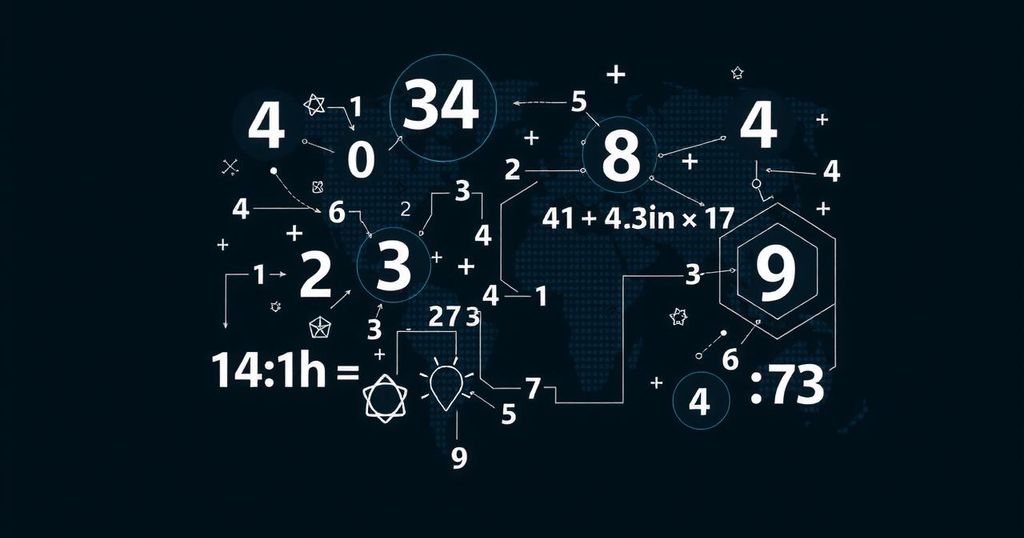Summary
In a significant advancement for artificial intelligence, OpenAI has introduced a revamped version of its widely recognized chatbot, ChatGPT, which is now capable of reasoning through complex mathematical and scientific problems. This new iteration, powered by advanced technology known as OpenAI o1, aims to address the frequent challenges encountered by prior models, such as generating buggy code or fabricating information. Jakub Pachocki, OpenAI’s Chief Scientist, emphasized the model’s enhanced cognitive process, stating, “This model can take its time. It can think through the problem—in English—and try to break it down, assessing different angles to provide the best answer.” During a demonstration for The New York Times, Mr. Pachocki, alongside OpenAI Technical Fellow Szymon Sidor, showcased the chatbot’s capabilities by successfully solving an acrostic—a sophisticated word puzzle—and addressing a doctorate-level chemistry inquiry. Additionally, the model demonstrated its proficiency in diagnosing a medical condition based on a comprehensive patient report. OpenAI’s approach reflects a broader ambition within the technology sector to develop artificial intelligence systems that can engage in logical reasoning through a series of systematic steps, akin to human cognition. Competing giants, including Google and Meta, are concurrently making strides in this domain, while collaborations between Microsoft and GitHub are integrating OpenAI’s innovative system into their product offerings. These advancements promise significant benefits for a variety of sectors. For instance, computer programmers could leverage these technologies to enhance code-writing processes, and educational tools may evolve to become more effective automated tutors in mathematics and sciences. OpenAI also anticipates that the new system will assist physicists in formulating complex mathematical equations and support medical researchers in managing experimental protocols. Since its initial release in late 2022, ChatGPT has made considerable progress in mimicking human-like conversational responses, addressing inquiries, drafting academic papers, and coding; however, earlier iterations exhibited significant inaccuracies. The previous models acquired their capabilities through extensive analysis of vast amounts of textual data sourced from the internet, including Wikipedia entries, academic texts, and conversational logs. This approach inevitably led to the repetition of false or misleading information, resulting in cases where the system produced inaccurate responses. In response to these limitations, Mr. Pachocki, Mr. Sidor, and their team implemented a rigorous reinforcement learning methodology. This process enables the model to discern successful problem-solving techniques through a series of test trials iterative over extended periods. By diligently engaging with a broad array of mathematical challenges, the system can extract patterns and refine its methodologies, although it is crucial to note that it does not yet replicate human reasoning and remains prone to errors and inaccuracies. Nonetheless, the improvements made are notable. The company reported a significant performance enhancement on standardized assessments, citing a leap from a mere 13% on the International Mathematical Olympiad qualifying exam to an impressive 83% with the new OpenAI o1 system. Be that as it may, experts caution that standardized testing does not always accurately reflect real-world applications. Angela Fan, a research scientist at Meta, remarked, “There is a difference between problem solving and assistance. New models that can reason may excel at solving problems, but this capability does not necessarily translate to effectively aiding someone with their homework.” Access to the newly enhanced ChatGPT technology has commenced for subscribers of OpenAI’s ChatGPT Plus and ChatGPT Teams services, with provisions for software developers and enterprises to integrate this innovative system within their own AI solutions.
Original Source: www.deccanherald.com

Leave a Reply